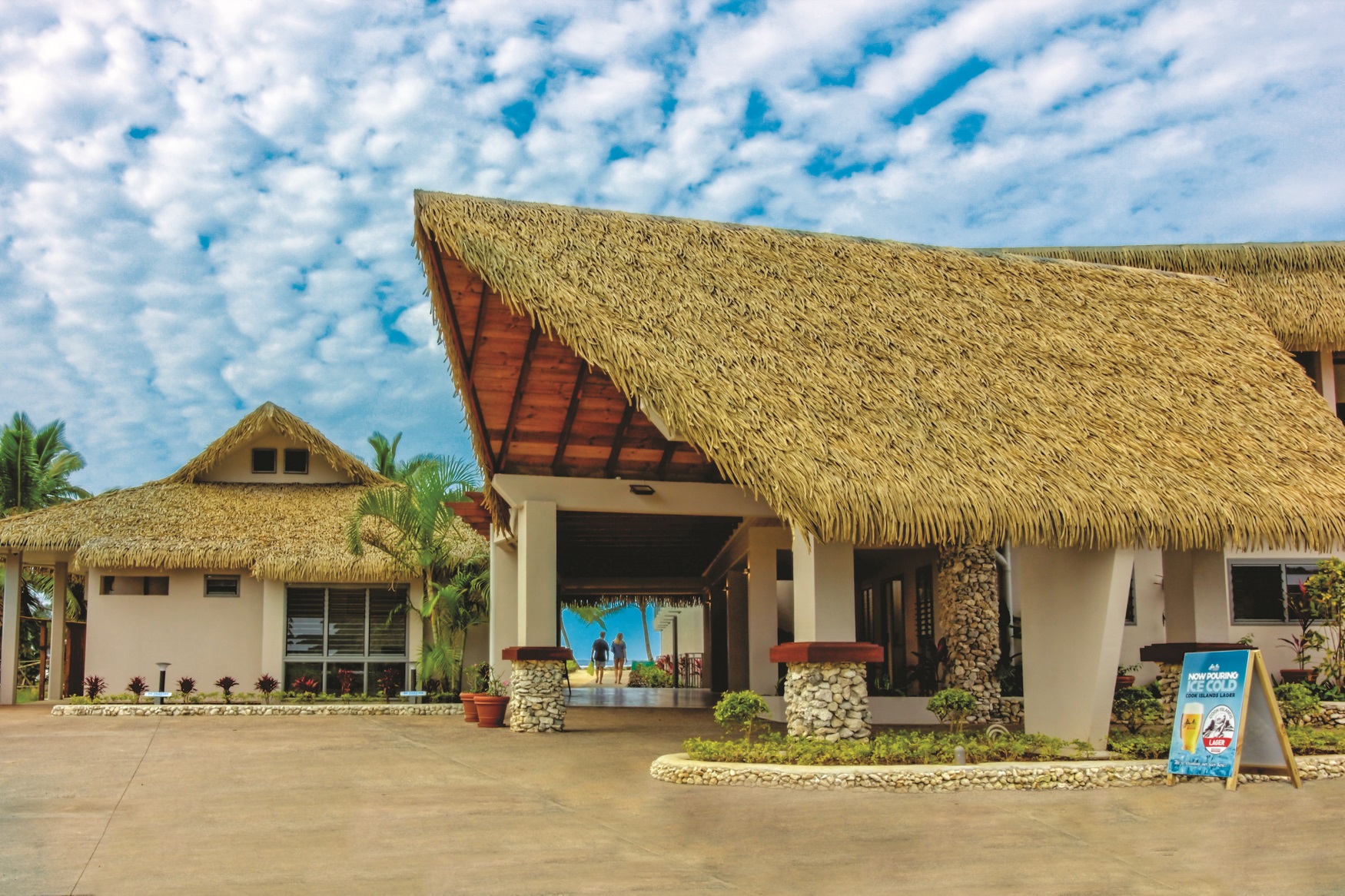A space covered by a natural thatch roof indeed stands out with its charming look. However, there is also a flip side to using natural thatch roofs. The below-mentioned disadvantages have led to the diminishing popularity of natural thatch roofs over the years.
High Capital Cost
Natural thatch roofs are expensive. Installing a natural thatch roof is a labor-intensive process that demands skilled craftsmen working for extended periods of time. Firstly, competent and experienced laborers are hard to come by. Secondly, even if you are fortunate to get a team of expert workers to your project site, they will charge you exorbitantly.
Design Inefficiencies
If a natural thatch roof is not properly designed and erected, wind and dampness can cause damage. Projects especially situated in coastal areas, such as Vizag in Andhra Pradesh, Panjim in Goa, and Alibaug in Maharashtra, where heavy gusts are a regular occurrence during the rains, are at risk of losing their structural intactness. Dampness is another factor that affects structural integrity. It is all the more true if roof pitch and thatch density are not up to the mark.
Excessive Maintenance
Discoloration, rotting/decay, bird and rodent damage, wind impact, degradation due to dampness…Natural thatch roofs are indeed prone to destruction in multiple ways. Moreover, natural thatch, owing to its organic origin, is maintenance-heavy material, necessitating periodic and frequent maintenance. This frequency essentially depends on the type of thatch, material used, degree of exposure, and many other parameters. Hence to keep them in good working condition, natural thatch roofs require regular and exhaustive maintenance, eventually affecting the project revenue.
Fire Hazard
Dry vegetation, such as long straw or water reed, which is more vulnerable to fire, is usually used in making a natural thatch roof. Also, there doesn’t necessarily have to be a spark or short circuit. In intense hot regions, such as Jodhpur or Udaipur in Rajasthan and Indore in Madhya Pradesh, the merciless blazing sun alone can ignite a fire.
‘The ability to catch fire’ is just half the story…what happens when a fire breaks out in reality is equally important, too. A fire in a space covered by a natural thatch roof will spread very quickly for two reasons. First, there is the highly flammable organic material and second, the air trapped between the reeds or straw pieces facilitates rapid combustion.
Heavy Insurance Cost
Owing to the high fire risk and heavy repair costs, insurance costs are higher for a natural thatch roof. Some insurance companies make periodic roof inspections mandatory. They may also insist on a thorough check of the electrical systems, which becomes a hassle for busy project owners and an inconvenience for the guests.
Rapid Decay
Thatch is organic in nature, which makes it susceptible to decomposition and decay. Furthermore, natural thatch also has to put up with fungal attacks in warm and wet climates. These factors necessitate frequent replacement of the roofing, which adds considerably to the overall project cost.
Animal Nuisance
A space with a natural thatch roof becomes a ‘natural’ home for birds, insects, and rodents. Presence of creatures in the space leads to hygiene issues, resulting in frequent disinfection or sanitation, which increases cost and causes inconvenience to guests as well. It also increases the risk of bite and infestation for the occupants. Damage is another negative aspect; rodents, in particular, can cause a lot of damage to the roofing, affecting its aesthetic grace as well as reducing its functionality.
WinRoyal Synthetic Thatch Roofs: The Right Choice for All Your Roofing Challenges
Now forget the concerns and issues associated with a natural thatch roof. Go for a WinRoyal Synthetic Thatch Roof for your next project and benefit from a string of advantages: quality, reliability, affordability, and durability, just to name a few.

